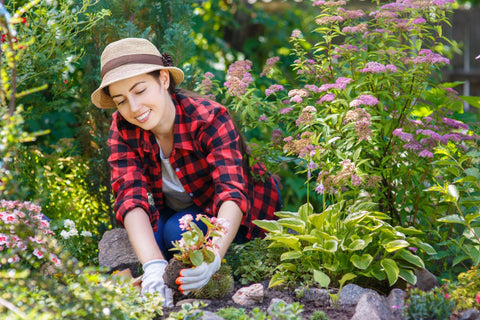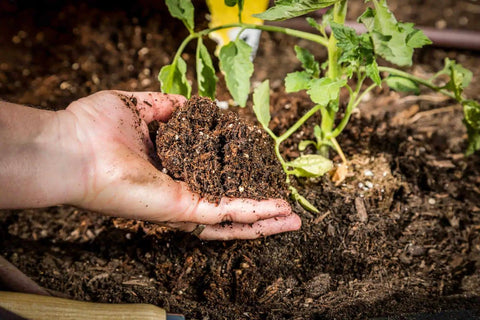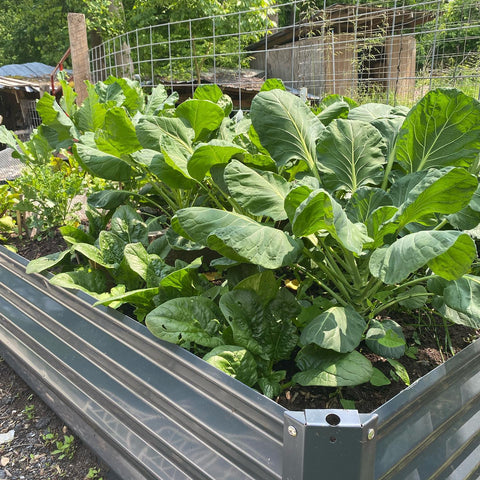As summer transitions into autumn, our gardens undergo a transformation, showcasing a breathtaking array of warm and rustic hues. While the outdoor landscape changes, you can still capture the beauty of the season by creating stunning fall floral arrangements that bring the essence of the garden indoors. In this comprehensive guide, we'll explore the art of fall floral arranging, from selecting seasonal blooms and foliage to crafting captivating arrangements that add a touch of nature's splendor to your home.

The Beauty of Fall Blooms
Fall is a time of vibrant change in the natural world, and this change is reflected in the blooms and foliage that grace our gardens and outdoor spaces. Here are some reasons why fall flowers are so enchanting:
- Rich Colors: Fall flowers boast an array of rich, warm colors, including deep reds, oranges, yellows, and purples. These hues mimic the changing leaves and create a cozy atmosphere.
- Unique Textures: Many fall flowers have unique textures, such as the velvety petals of chrysanthemums or the delicate fronds of ferns. These textures add depth and interest to floral arrangements.
- Abundant Variety: Fall offers a wide variety of blooms, from hardy mums to elegant dahlias, making it easy to create diverse and visually appealing arrangements.
- Seasonal Symbolism: Fall flowers often symbolize themes of gratitude, change, and reflection, making them perfect for creating meaningful arrangements.
Now, let's delve into the art of crafting beautiful fall floral arrangements.
Essential Tools and Materials
Before you begin creating your fall floral masterpiece, gather the necessary tools and materials:
1. Vase or Container
- Select a vase or container that complements your arrangement's style. Options range from traditional glass vases to rustic baskets or decorative pots.
2. Floral Foam or Frog Lid
- Floral foam or a frog lid helps secure and stabilize your flowers in the container. It also provides hydration to keep blooms fresh.
3. Pruning Shears or Scissors
- Sharp pruning shears or scissors are essential for trimming stems and foliage. Ensure they're clean and well-maintained for precise cuts.
4. Floral Tape and Wire
- Floral tape and wire are handy for creating structural support within your arrangement, especially for larger or more complex designs.
5. Water and Floral Preservative
- Fresh water and floral preservative extend the life of your arrangement by providing necessary hydration and preventing bacterial growth.
6. Optional Additions
- Consider including decorative elements like ribbons, pinecones, or fall-themed ornaments to enhance your arrangement's visual appeal.

Selecting Fall Blooms and Foliage
Choosing the right flowers and foliage is key to creating a captivating fall floral arrangement. Here are some classic fall blooms and foliage options to consider:
1. Chrysanthemums
- Chrysanthemums, often referred to as mums, are quintessential fall flowers. They come in a variety of colors and last a long time in vases.
2. Dahlias
- Dahlias are known for their striking, intricate blooms. They come in a wide range of colors and add elegance to any arrangement.
3. Sunflowers
- Sunflowers symbolize joy and optimism. Their cheerful yellow petals and dark centers are iconic elements of fall bouquets.
4. Roses
- While roses are associated with romance, certain varieties, like deep red or orange roses, add a touch of autumnal romance to arrangements.
5. Asters
- Asters are daisy-like flowers that bloom in various shades of purple and blue, adding a pop of color and contrast.
6. Autumn Leaves
- Incorporate colorful autumn leaves into your arrangement to capture the essence of the season.
7. Eucalyptus
- Eucalyptus foliage adds a lovely fragrance and a touch of greenery that complements fall blooms beautifully.
8. Berries
- Include berries like hypericum or viburnum to add texture and visual interest to your arrangement.
Creating Your Fall Floral Arrangement
Now that you have your materials and selected your blooms and foliage, it's time to create your fall floral arrangement. Follow these steps:
1. Prepare Your Container
- If using floral foam or a frog lid, soak it in water until fully saturated. Secure it in your container.
2. Trim and Condition Stems
- Trim the stems of your flowers and foliage at an angle. To stop bacterial growth, get rid of any leaves that will be below the waterline.
- Place your flowers in water immediately after cutting to condition them.
3. Create a Focal Point
- Start by placing your focal flowers, such as large sunflowers or dahlias, in the center of the arrangement.
4. Add Height and Structure
- Use taller flowers and foliage to create height and structure around the focal point. For example, you can use branches of eucalyptus or snapdragons for this purpose.
5. Build Layers
- Layer in other blooms and foliage, working from the center outward. Create depth by varying colors and textures.

6. Consider the Shape
- Pay attention to the overall shape of your arrangement. Some arrangements are rounded and symmetrical, while others have a cascading or organic shape.
7. Fill in Gaps
- Fill any gaps or holes in your arrangement with smaller flowers or foliage, ensuring that there are no visible gaps in the design.
8. Add Finishing Touches
- If desired, tuck decorative elements like ribbons or pinecones into your arrangement for a polished look.
9. Secure and Water
- Once you're satisfied with your arrangement, secure any loose stems with floral tape or wire. Ensure that the floral foam or frog lid is well-hydrated.
10. Place Your Arrangement
- Display your fall floral arrangement in a location where it can be admired. Keep it away from direct sunlight, drafts, and heaters to prolong its freshness.
Caring for Your Fall Floral Arrangement
To ensure your fall floral arrangement stays vibrant and beautiful, follow these care tips:
1. Change the Water
- Replace the water in your container every two to three days to prevent bacterial growth.
2. Trim Stems
- Every few days, retrim the stems of your flowers, making fresh, angled cuts.
3. Keep Cool
- Display your arrangement in a cool room away from heat sources to prolong its lifespan.
4. Mist the Flowers
- Lightly mist the blooms with water to maintain their freshness.
5. Remove Fading Blooms
- As individual flowers begin to fade, remove them to keep the arrangement looking its best.
Conclusion: Capturing the Essence of Fall
Fall floral arrangements are a delightful way to celebrate the changing season and infuse your home with the beauty of nature. Whether you're creating a centerpiece for your dining table, a bouquet for a special occasion, or simply a charming decoration for your living room, the colors and textures of fall blooms and foliage offer endless creative possibilities. So, embrace the art of fall floral arranging, and let your home be a testament to the warmth and splendor of this enchanting season.









